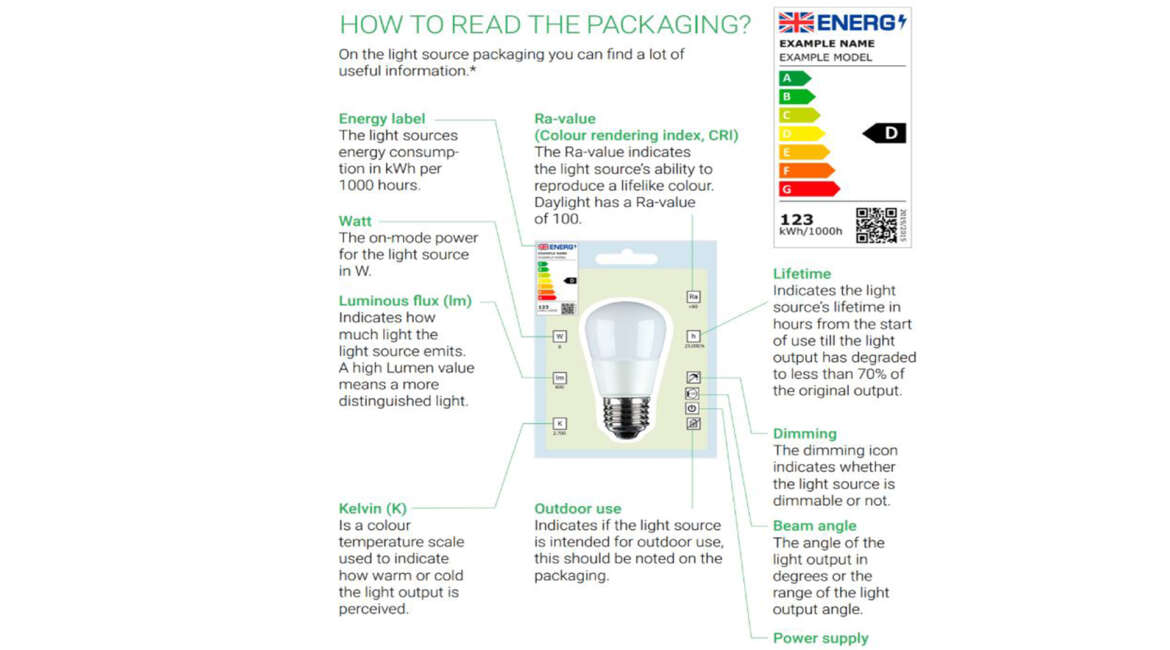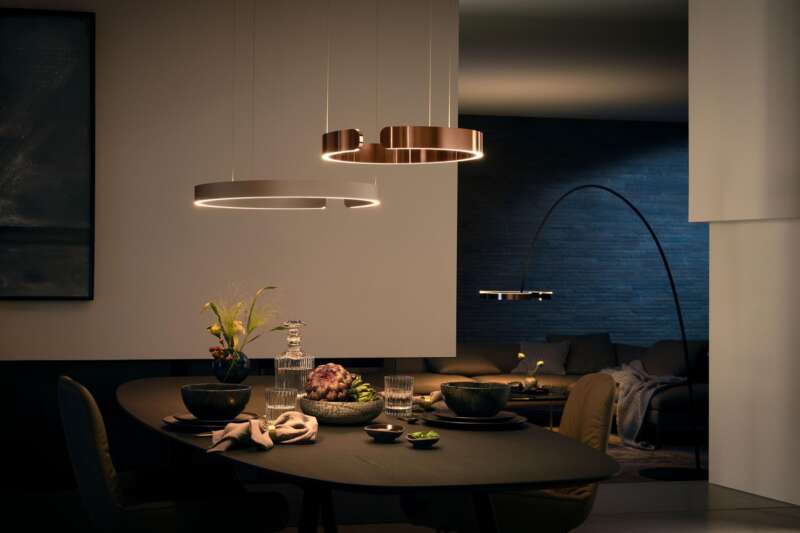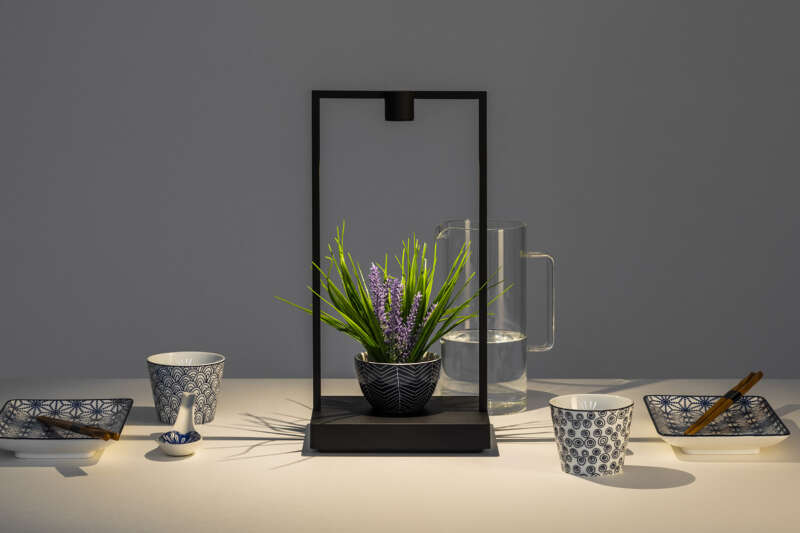Learn to Speak Lighting Language
Watts are so last year. The new measure is lumens. Get tips on reading a bulb label.
Forget the days of referring to light bulbs as “40 watt,” “60 watt” or “100 watt.” The new nomenclature will focus on light output in lumens, and new labeling will help. Starting in summer 2011, light bulb manufacturers are required by the U.S. Federal Trade Commission (FTC) to label light bulb packages in two new ways.
. Front of light bulb package must state:
- light output measured in lumens
- energy used in watts
- life hours
. Back of light bulb package must have a “Lighting Facts Per Bulb” label similar to the “Nutrition Facts” label on food packages. The “Lighting Facts” label must include:
- light output in lumens
- estimated yearly energy cost
- life expectancy
- light appearance (warm or cool light, expressed as the Correlated Color Temperature)
- energy used in watts
- whether the light bulb contains mercury. The light bulb’s brightness in lumens, and a mercury disclosure must also be printed directly on each light bulb.
- Energy Used in Watts: Different types of light bulbs use vastly different amounts of energy to produce the same lumens, so an important bit of information is the energy used in watts, i.e. how many units of active electric power are used by a particular light bulb.
Lighting Terms
Light Output/Lumens: Technically, a lumen is a unit of luminous flux derived by measuring the time rate of flow of light. For the average consumer, the lumens associated with each light bulb will begin to become more familiar with the new light bulb packaging. As a point of reference, a traditional 40-watt incandescent light bulb produces a light output of 500 lumens. For example, a traditional 40-watt incandescent light bulb uses 40 watts of energy to produce a light output of 500 lumens, whereas an LED light bulb with a similar light output of 450 lumens uses just 8 watts of energy, and a compact fluorescent light (CFL) bulb with a similar light output of 450 lumens uses 9 watts of energy.
Life Hours: Feel like you’re always replacing light bulbs? You’ll have more information now that the life hours must be labeled on the front of every light bulb package. The life hours are the rated average life of a light bulb as determined by engineering testing and probability analysis.
For example, a traditional 40-watt incandescent, 500-lumens light bulb typically provides 1,000 life hours, whereas a 450-lumens LED typically provides 25,000 life hours, and a 450-lumens CFL typically provides 8,000 life hours.
Color Accuracy/Color Rendering Index: Known as CRI, the color rendering index is a description of the effect of a light source on the color appearance of objects being illuminated. CRI is expressed on a scale of 1-100, with a CRI of 100 being the maximum possible. On a good-better-best scale, a good CRI is 60-79, better CRI is 80-89, and best CRI is 90-100.
For example, incandescent light bulbs typically are 100 CRI (no matter what the light output or lumens rating), while CFL light bulbs typically are 82-88 CRI, and LED light bulbs typically are 65-85 CRI.
Lumens Per Watt/Efficacy: This measurement expresses the total light output of a light source divided by the total power input. The higher the efficacy rating of a light bulb, the less it will cost you to use it. Calculating a light bulb’s efficacy is a simple mathematical process using the information now required on the front of a light bulb package– lumens divided by energy used in watts equals lumens per watt, or efficacy.
Light Color/Correlated Color Temperature: Known as CCT, the correlated color temperature describes the light’s appearance in terms of its perceived warmth or coolness. CCT is expressed as a temperature measured on the Kelvin temperature scale, where a low CCT (4,000 Kelvin and lower) indicates a warm light, while a higher CCT (4,000 Kelvin and higher) indicates a cool light. Although it seems counter-intuitive for a higher temperature to correlate with cooler light, it is more understandable when picturing a piece of iron that glows red hot at a lower temperature than when it becomes blue hot; the human eye perceives red as warm and blue as cool.
Light bulbs labeled as “warm white” all have CCTs of approximately 2,700 Kelvin. Specifically, a 40-watt 500-lumens incandescent light bulb has a CCT of 2,700-2,900 Kelvin; an 8-watt 450-lumens LED light bulb has a CCT of 2,700 Kelvin; and a 9-watt 450-lumens CFL light bulb has a CCT of 2,700 Kelvin.








